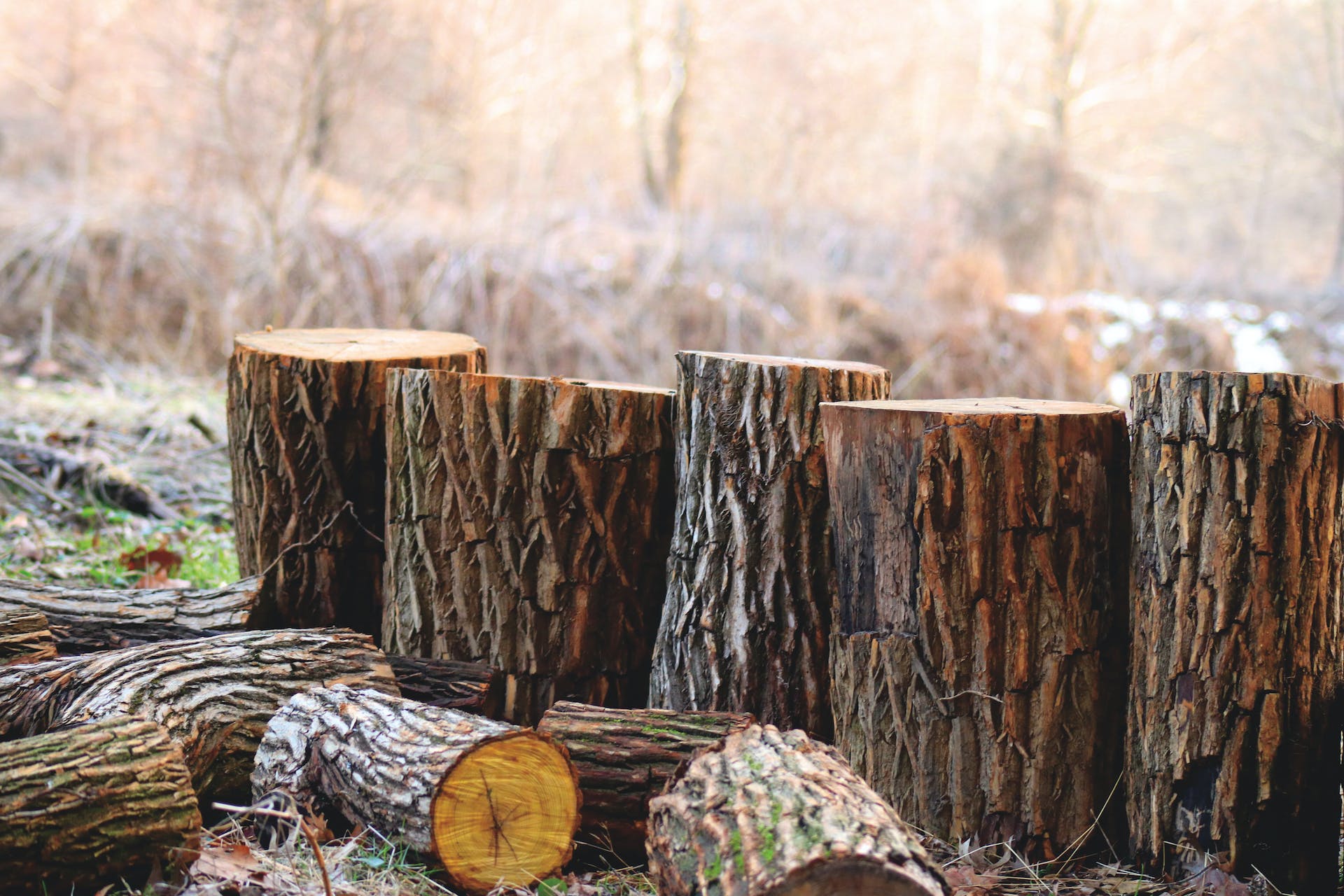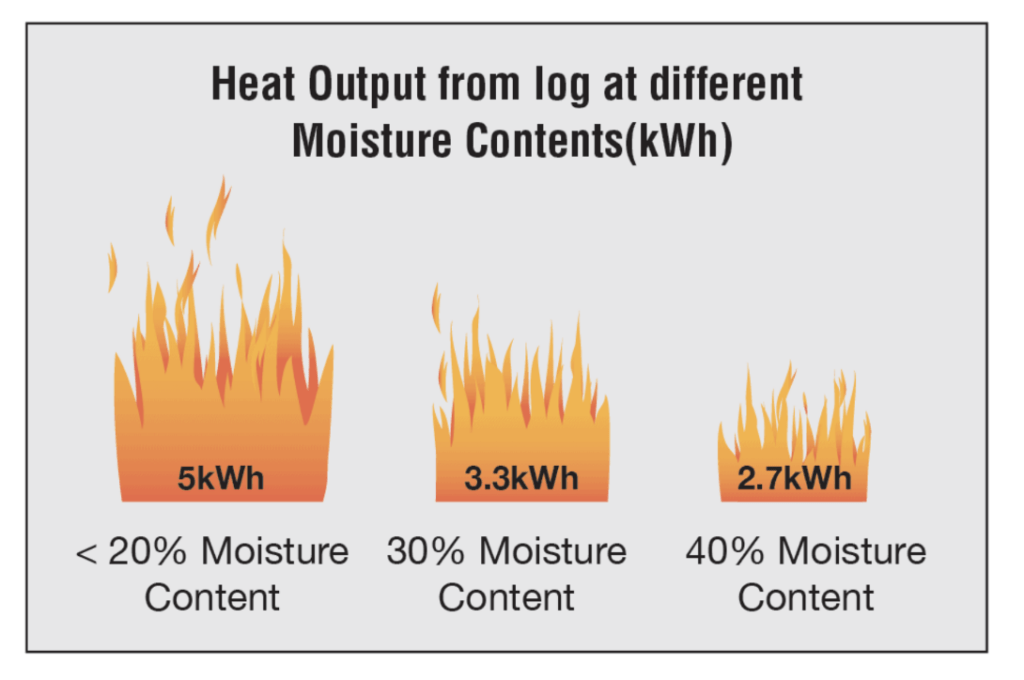An Ecodesign wood-burning stove is a delight to have roaring away on a cold winter evening. It is beautiful to watch and brings unparalleled warmth to any home. However, unlike a gas fire, a stove is not something you can simply turn on and off when needed. Planning ahead to ensure you have sufficient fuel supplies and warming up before you gain full heat output are very important factors to consider when maintaining and caring for your stove.
Stoves are environmentally friendly, controllable and cost-effective. However, they will need some practice and experience to get the best from them and to make sure you are burning wood in the most efficient and sustainable way.
The importance of quality, well seasoned dry firewood or quality smokeless fuels, and a sound clean chimney or flue cannot be overemphasized. One of the most significant risks that come with a wood-burning stove is a chimney fire. Sadly, many people are oblivious to the risks.
What causes a chimney fire?
- Excess congestion, such as tar and soot despots, which can be made worse by burning unseasoned wood
- Non-fire related debris – such as birds nests and other things, which can enter the chimney from above
- Previous undetected chimney fires
How to prevent a chimney fire:
- Only burn seasoned wood – unseasoned wood can greatly increase the chances of a fire due to the increased tar.
- Ensure your chimney is swept at least every quarter during the winter period, and also before you intend to start using it to ensure any accumulated debris is removed.
- Try to have only small fires – avoid filling up your stove with too much firewood.
- Ensure there is a good air supply to your stove.
- Use a chimney liner.

Below are some simple safety tips to ensure you are getting the best from your Stove:
Do:
- Do ONLY use quality clean, dry hardwood or smokeless fuel. Kiln-dried wood is great.
- Do check your wood is less than 20% moisture inside the log when split. Use a moisture meter..
- Do get the flue or chimney swept and checked at least annually.
- Do always use a fireguard for children and for others considered at-risk.
- Do use the stove gloves and tools provided as needed.
- Do open the top air control (air wash) to help keep the glass clean.
- Do warm up the stove fully on the first loads of fuel before reducing the air controls to a lower position.
- Do keep your stove clean inside & out.
- Do purchase and use a CO alarm.
Don’t:
- Don’t leave the stove unattended with the air controls wide open.
- Don’t over fire your stove by overloading with fuel or leaving the air controls too far open for too long it will damage it.
- Don’t let any metal part of the stove glow red hot (including the baffle plate) – this is over firing and will damage your stove!
- Don’t be concerned about a haze or smoke off the stove when new, this is paint curing and any remaining protective oil film evaporating off. Ventilate well.
- Don’t cover or remove your CO alarm from the room, it is there for your protection.
- Don’t burn rubbish, painted or preserved wood in your stove, it can cause damage, excessive smoke and is illegal.
- Don’t close the stove air controls down too quickly before the chimney and stove have properly warmed up, it can stifle the fire and cause smoke and tar build up.
- Don’t store logs or coal right next to your stove – they can overheat!
The diagram below shows just how much moisture has an impact on burning wood. Burning wood with an excessively high moisture content has so many repercussions, from costing you more to keep warm, to increasing the chances of a chimney fire.









